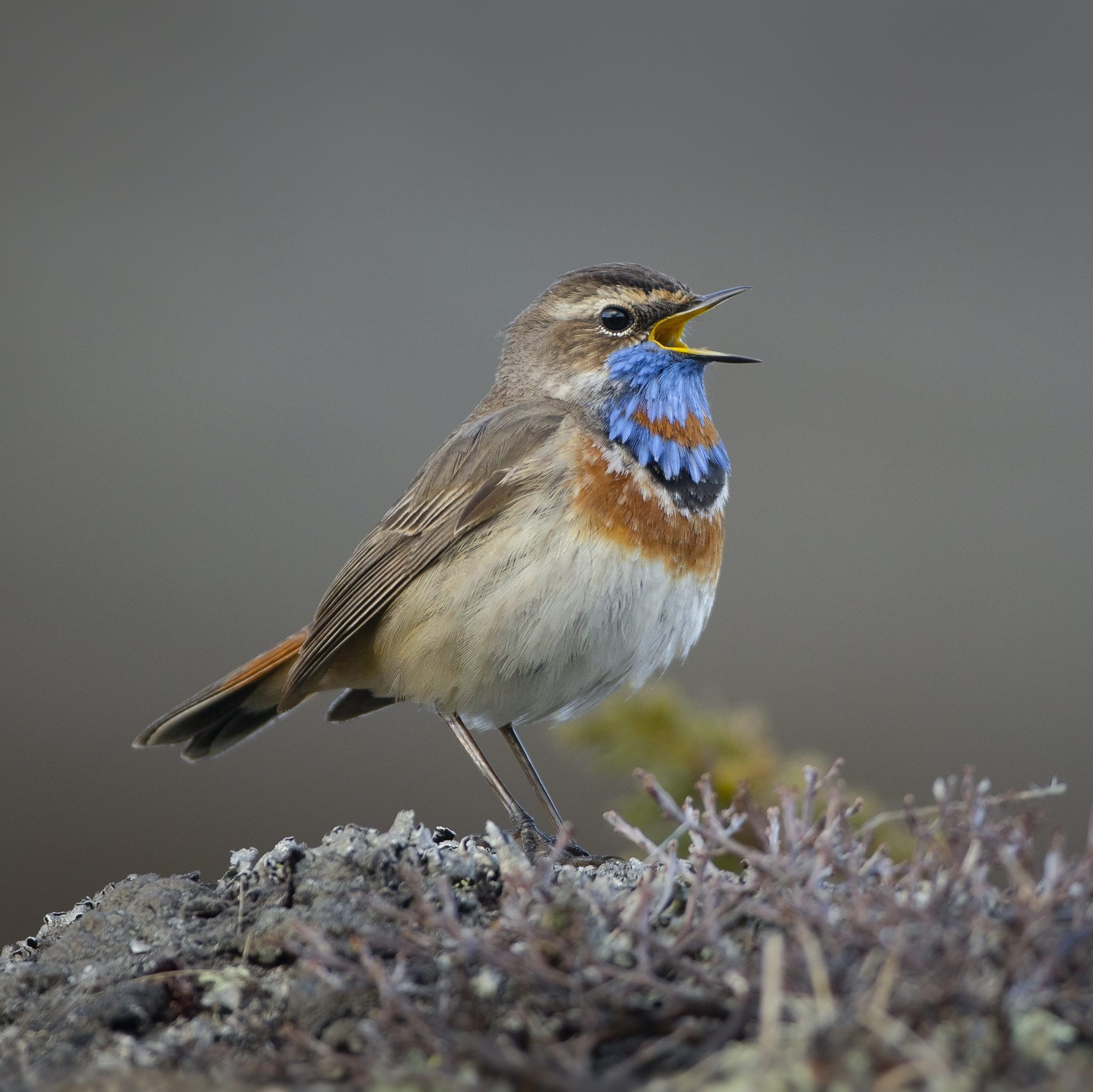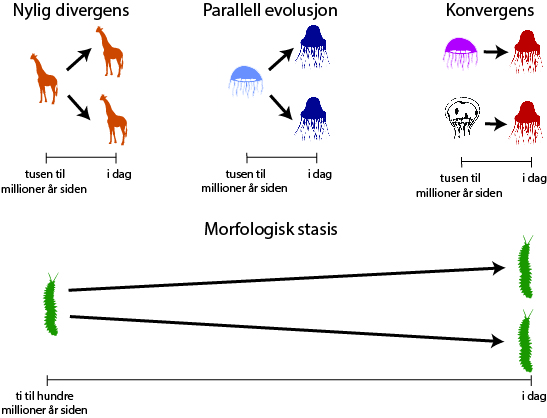An essential aspect of doing research and working as a scientist is to communicate to the larger public interesting and important results. Outreach to the public is extremely important, as it creates awareness and fascination as well as it facilitates learning and understanding. For many, the topics we are doing research on, is so detailed and specific, that it can be difficult to understand and to see the bigger picture. Therefore, one of our missions as scientist is to contextualize and summarize important and fascinating findings in a “popular science” kind of way, making our results and findings available to everyone. There are many ways to conduct such outreach; some write blogs (like this one), some do interviews, some writes books and some write news articles. In our group, we write blogpost’s about new publications and what we are doing research on, and we sometimes write news articles or articles for certain journals or magazines.
One such publication we had earlier this year, was a joint publication from Lutz, Torsten and Marianne, where we wrote about cryptic species in a Norwegian journal called Naturen. Our piece was written in Norwegian and called: «Kryptiske arter utfordrer taksonomer og evolusjonsbiologer» and you can find it here: https://www.idunn.no/natur/2021/01/kryptiske_arter_utfordrer_taksonomer_og_evolusjonsbiologer
Since we have forgotten to write about it in our blog, I will provide you with a small teaser and introduction now.
Biological systematics and cryptic species
Species are the fundamental unit in biological systematics; a systematic which strives to arrange and describe knowledge about the species and their evolutionary relationship in a hierarchical system. Evolutionary relationship is a fundamental criteria in biological systematics, and our wish is that the evolutionary relationships are reflected in the systematics.
The shorter the time since the species evolved from a common ancestor (MRCA), the more similar they are expected to be and vice versa. Morphological similarity is often used as a proxy for (closer) evolutionary relationships, and two different species should have distinct morphological differences allowing us to separate them. We then face a special challenge with so-called cryptic species. The definition of a cryptic species is very basic: “different species with identical or nearly identical morphology”. But, are the species just similar because they evolved quite recently from an MRCA, or is their morphological conservatism the result of distinct evolutionary processes?

Species differentiation and cryptic species
The traditional view of species differentiation based on morphology alone can potentially be challenging. How morphologically different does two species be before they are recognized as two distinct species and not the same? To differentiate between two morphological identical or nearly identical specimens, molecular methods like DNA barcoding are commonly used nowadays. With this method, a short stretch of the DNA, usually 400-800 bp, is sequenced and compared to other sequences in a database, hoping that the sequence of interest is already in the database, allowing us to determine which species we have sampled. However, some scientist thinks this method is too simplified, and argue that a more integrative approach should be utilized.
Evolutionary processes which can explain the presence of cryptic species
The main question about cryptic species is whether they are just a theoretical and academic challenge to taxonomists, or whether they are significant for our understanding of evolutionary processes. Why do biologists think that cryptic species are so special? Morphological differences between species have often been interpreted as a result of evolutionary adaptations to new ecological niches (adaptive radiation) which then leads to morphological innovation. Cryptic species, on the other hand, actually shows the opposite, i.e. species differentiation with very limited morphological changes. Research in this field has found that there are four important evolutionary processes which may explain the presence of cryptic species. Those processes are: recent divergence, convergence, parallel evolution and morphological stasis (see illustration for further explanations).

Read more about this?
If you want to read more about this, I recommend that you read our Norwegian paper in Naturen, or visit our other blog posts under the heading “Cryptic species”. There you will find more posts about our research on cryptic species 🙂
https://www.idunn.no/natur/2021/01/kryptiske_arter_utfordrer_taksonomer_og_evolusjonsbiologer
![]()

1 Comment on “Door 15: Cryptic species and public outreach”